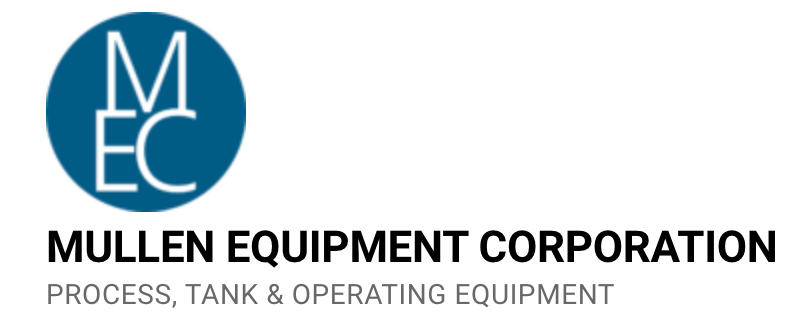Pipeline Mixer or Homogenizer? How to decide what’s right for your industrial process


Homogenizers and pipeline mixers play crucial roles in various industrial processes, offering unique capabilities and performance characteristics. Understanding the application differences between these two types of equipment is essential for selecting the best solution to optimize your industrial process. In this blog, we will explore the key differences between homogenizers and pipeline mixers, and guide you on how to determine which option is most suitable for your specific industrial process needs.
**Homogenizers:**
Homogenizers are equipment used to achieve uniform and consistent mixing of substances by breaking down particles or droplets to a smaller and more uniform size. These machines are commonly utilized in industries such as food and beverage, pharmaceuticals, and cosmetics for emulsification, dispersion, and particle size reduction.
One of the primary advantages of homogenizers is their ability to produce stable emulsions and dispersions with fine particle sizes, leading to enhanced product quality and consistency. Homogenizers come in various configurations, including high-pressure, ultrasonic, and mechanical, each offering specific advantages depending on the application requirements.
**Pipeline Mixers:**
Pipeline mixers, on the other hand, are designed for continuous mixing applications where materials flow through a pipeline or duct. These mixers are commonly used in industries such as chemical processing, petrochemicals, and water treatment for blending, dispersing, or reacting multiple components within a pipeline system.
One of the key advantages of pipeline mixers is their ability to handle high-throughput continuous mixing processes, making them ideal for applications where a consistent and uniform mixture is required over an extended period. Pipeline mixers come in different configurations, including static mixers, dynamic mixers, and inline mixers, each offering unique mixing capabilities and operational efficiencies.
**How to Decide What’s Best for Your Industrial Process:**
When evaluating whether to choose a homogenizer or a pipeline mixer for your industrial process, several factors should be taken into consideration:
1. **Application Requirements:** Determine the specific mixing goals and performance requirements of your process, such as desired mixing intensity, homogeneity, and particle size distribution.
2. **Material Properties:** Consider the viscosity, density, and rheological properties of the materials being processed, as these factors can impact the selection of the most suitable mixing equipment.
3. **Throughput and Batch Size:** Assess the required throughput rates and batch sizes of your process to determine whether a continuous mixing system like a pipeline mixer or a batch processing system like a homogenizer would be more efficient.
4. **Installation and Maintenance:** Evaluate factors such as space availability, installation requirements, and ongoing maintenance needs to ensure seamless integration and optimal operation of the chosen equipment.
In conclusion, both homogenizers and pipeline mixers offer distinct advantages and capabilities for optimizing industrial processes. By understanding the application differences between these equipment types and carefully assessing your specific process requirements, you can make an informed decision on whether a homogenizer or a pipeline mixer is best suited for your industrial application.
